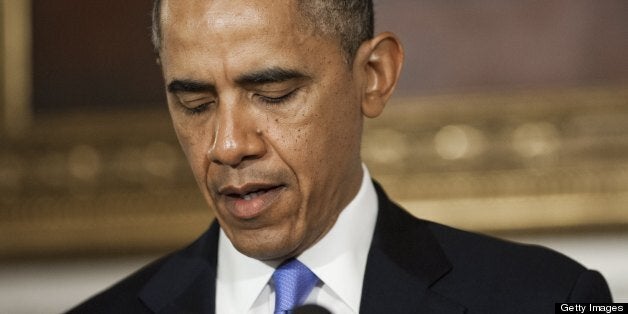
In the US from 1900 to the present, the rates of both suicide and homicide have risen significantly, to epidemic levels, only after Republicans were elected to the presidency. And those epidemics have ended and been replaced by below-average violent death rates, only after Democrats gained the White House. There are no exceptions to those generalizations, the data for which are compiled and published each year under the presidents of both parties by the (non-partisan) National Center for Health Statistics, a branch of the US Public Health Service. They are as accurate and objective as any health data we have.
If we look at the smaller year to year fluctuations in violent death rates that have occurred during each party's years in office, we find that during the 60 years of Republican administrations between 1900 and 2008, violent death rates increased more often and by larger amounts from one year to the next than they decreased. The opposite was true during the 50 years of Democratic administrations between 1913 and 2010, during which these rates decreased more often and by larger amounts than they increased. Thus, the sum total by which the yearly increases in these rates exceeded the decreases during Republican presidencies produced a net cumulative increase in violent death rates from 1900 to 2010 of 20 per 100,000 people per year, whereas during the Democratic administrations these rates decreased by a net total of almost exactly the same amount, 19 per 100,000 per year. As a result, the rates of both suicide and homicide were almost exactly the same in 2000 (and 2010) as they had been in 1900. But that was true only because the net increases that had occurred during the Republican years in power had been neutralized and undone by the almost exactly equal decreases that occurred during the Democrats' years in office.
These patterns in the politics and economics of violence may not be limited to the United States. Epidemiologists have shown that in both the UK and Australia rates of suicide since 1900 have been higher during the years in which conservative parties have been in power, and lower during the years in which parties that could be described as liberal, labor, left-wing or social-democratic have been in power.
But correlations alone do not prove causation, so they raise a further question: can we identify causal mechanisms that would explain why violent death rates differ depending upon whether a conservative or liberal party is in power? Fortunately, we can. Three sources of socio-economic stress and distress have been identified, each of which has been shown to predict rates of suicide and/or homicide independently of party; and each of which has also been shown to increase during Republican administrations, and to decrease during Democratic ones. They are: 1) the rate and duration of unemployment; 2) the degree of socio-economic inequality in income and (especially) in wealth, between the richest and poorest members of the population; and 3) the frequency, depth and duration of recessions and depressions. For example, both the rate and the duration of unemployment have increased during every single Republican administration, and decreased under every single Democratic one, without exception. In the UK and Australia also, differences in unemployment rates appeared to be among the causal mechanisms responsible for the correlations between party and violent death rates.
But why would these economic stressors increase rates of suicide and homicide? Because each of them (becoming "redundant" by being fired from a job, being poor when others are rich, becoming bankrupt and homeless) exposes millions of people to a degree of shame and humiliation (feelings of personal failure, inadequacy and worthlessness) that for thousands of them are overwhelmingly painful. And feelings of shame and humiliation have long been identified as the necessary (but not sufficient) causes of lethal violence by investigators from every branch of the behavioral sciences - just as the tubercle bacillus is the necessary (but not sufficient) cause of tuberculosis.
Thus we can identify the Republican party as a risk factor that increases the rate of lethal violence, just as cigarettes are risk factors for lung cancer. And the Democratic party can be seen as a protective factor against violent death, just as regular exercise is a protective factor against heart attacks.
The longitudinal data just cited can be supplemented by cross-sectional data, which provide further independent evidence of the validity of these conclusions. Both suicide and homicide rates were significantly higher in the "red states" (those that voted for the Republican presidential candidate) than in the "blue," or Democratic, states in both 2000 and 2004. The causal mechanisms responsible for those correlations can be identified as the differences in culture between the two parties (and the states they dominate), and the differences in personality between the supporters of the two parties.